The Human Eye: Iris and Pupil Size
The iris is the pigmented structure of the eye that surrounds the pupil and controls its size, regulating the amount of light that reaches the retina. The human iris has several distinct features.
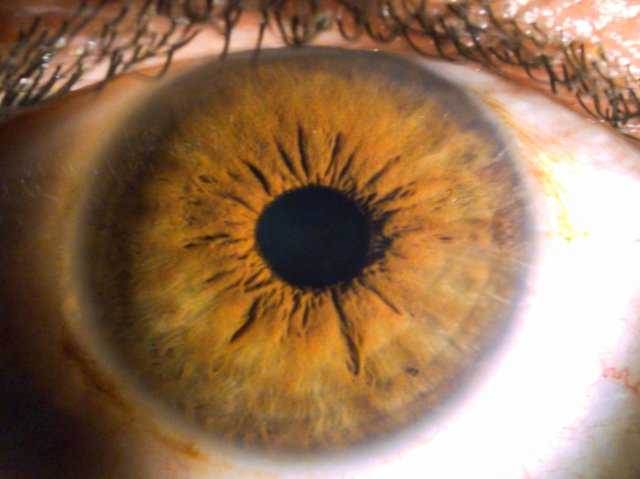
The colour of the iris varies from light (blue, grey) to dark (brown, nearly black), depending on the amount of melanin and genetic factors. The colour of the iris can also be influenced by age, health conditions, and even the environment.
The iris is made up of numerous fibres that create unique patterns. Each person’s iris pattern is unique, like a fingerprint, which is why it is used in biometrics for identification.
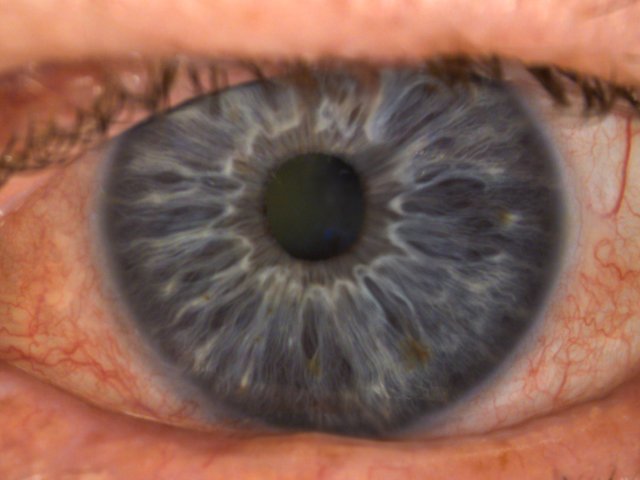
The main function of the iris is to regulate the size of the pupil, either expanding or contracting it. In bright light, the pupil contracts (miosis), and in dim light, it dilates (mydriasis).
Some people have differently coloured irises. This condition, called heterochromia, can be congenital or acquired as a result of injuries, diseases, or certain medications.
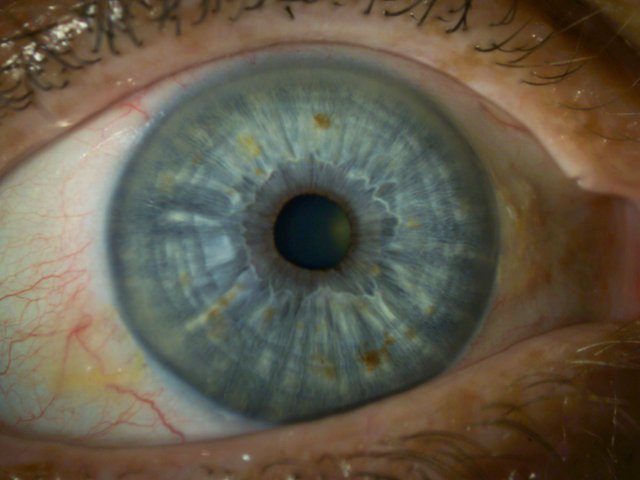
Over time, the colour of the iris may change slightly, usually darkening due to the accumulation of melanin.
The iris consists of two main muscles – the sphincter (which constricts the pupil) and the dilator (which dilates the pupil).
From the perspective of medicine and science, studying the eye, including the iris, is not only a window into the world of visual perception but also an indicator of the entire body’s health. Through methods such as ophthalmoscopy, biomicroscopy, and retinal angiography, specialists can examine the eye’s structure, detect early signs of diseases, and monitor the progress of known pathologies.
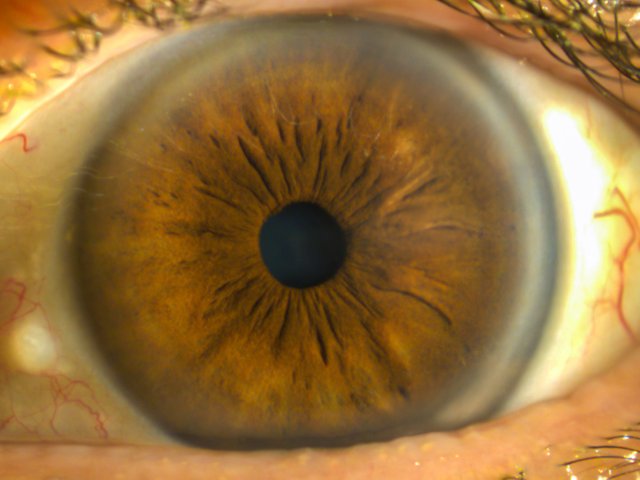
Examining the iris helps detect changes associated with age, trauma, inflammation, and even systemic diseases. For instance, changes in iris colour or structure can indicate autoimmune diseases, diabetes, or hypertension. The most advanced research includes optical coherence tomography (OCT), which provides highly accurate 3D images of the eye.
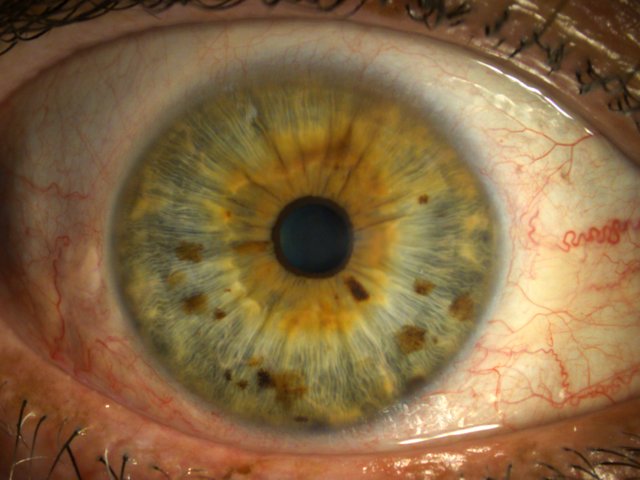
In addition, analysing pupil movements and the iris’s reaction to light can provide information about neurological disorders, such as neuropathies or intracranial hypertension. Scientists continue to explore the eye as a "mirror" of internal organ health, as it carries many clues valuable for diagnosing and preventing various diseases, opening up new pathways for medical advancements.
